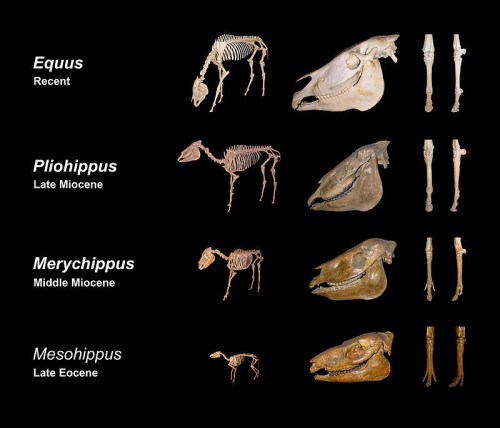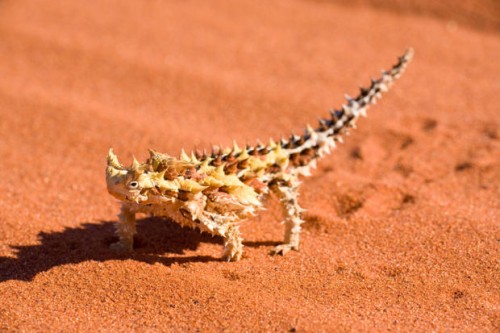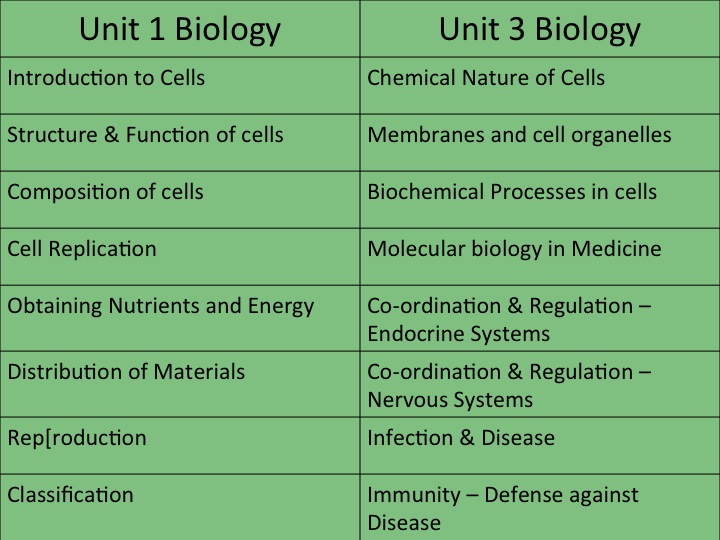
Learning Intention:
“Students will understand the role of different organelles including ribosomes, endoplasmic, reticulum, Golgi apparatus and associated vesicles in the export of a protein product from the cell through exocytosis and cellular engulfment of material by endocytosis.”
Ribosomes translate the messenger RNA into a protein by matching the 3-base pair codon with an anticodon on the transport RNA, allowing the production of a polypeptide. The endoplasmic reticulum allows the transport of polypeptides (protein chains) to the Golgi aparatus, where proteins are collected, packaged and distributed throughout the cell and exported through the cell membrane (exocytosis).
Osmosis is the passive movement of water across a semi-permeable membrane
Diffusion is the natural tendency of particles to move from a higher concentration to a lower concentration. It is a passive process – does not require energy to be expended.
Facilitated diffusion is when a protein channel is required to allow the passive movement of larger molecules through the cell membrane.
Active transport (as opposed to passive transport) means that energy is required for the cell to all transport of substances against the concentration gradient.
Phagocytosis is the movement of solids across a membrane, usually when the cell creates a pocket and engulfs the nutrient.
Pinocytosis is the movement of liquids across a membrane, for example, when a Paramecium expels liquid waste water.
Endocytosis is when substances move into the cell.
Exocytosis is when substances move out of the cell.
- Golgi apparatus animatic (YouTube, 3.32min)
- Endocytosis and Exocytosis (YouTube, 1.40min)
- Endocytosis and Exocytosis Animation (YouTube, 1.39min)
- And another one… (YouTube, 3.53min)
- Cell Transport (Phagocytosis, Pinocytosis and Receptor mediated endocytosis) (YouTube, 8.42min)






